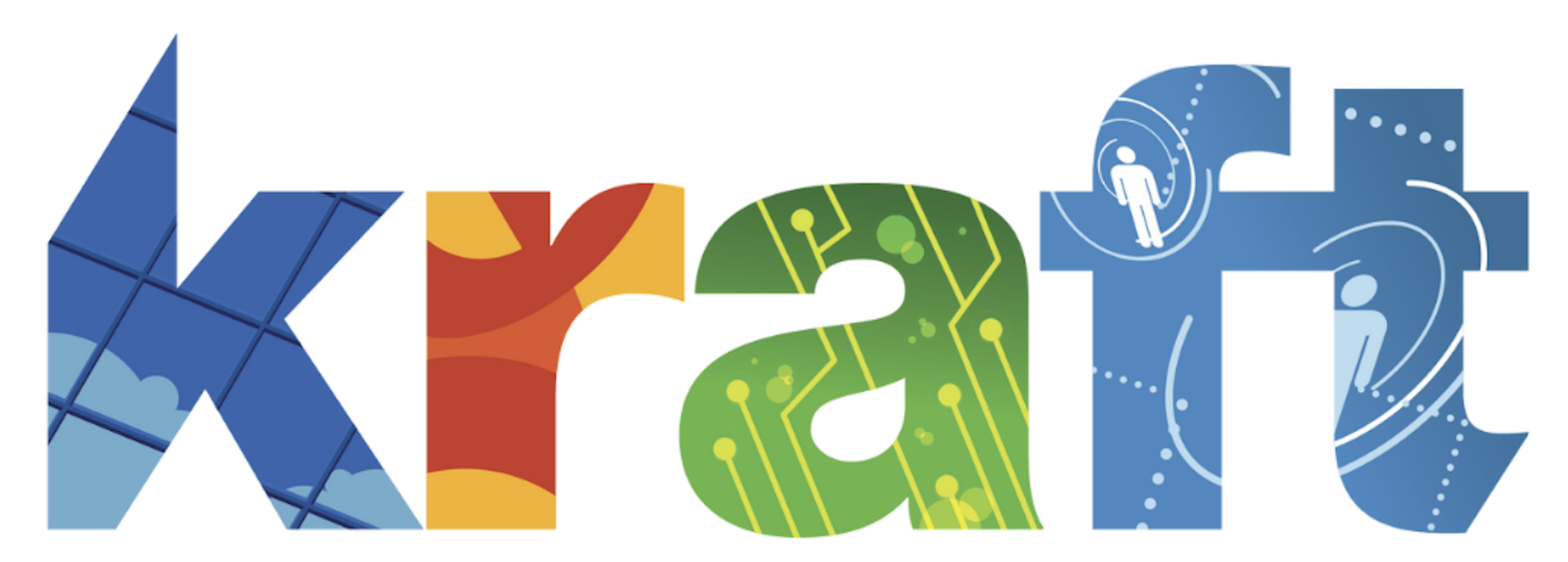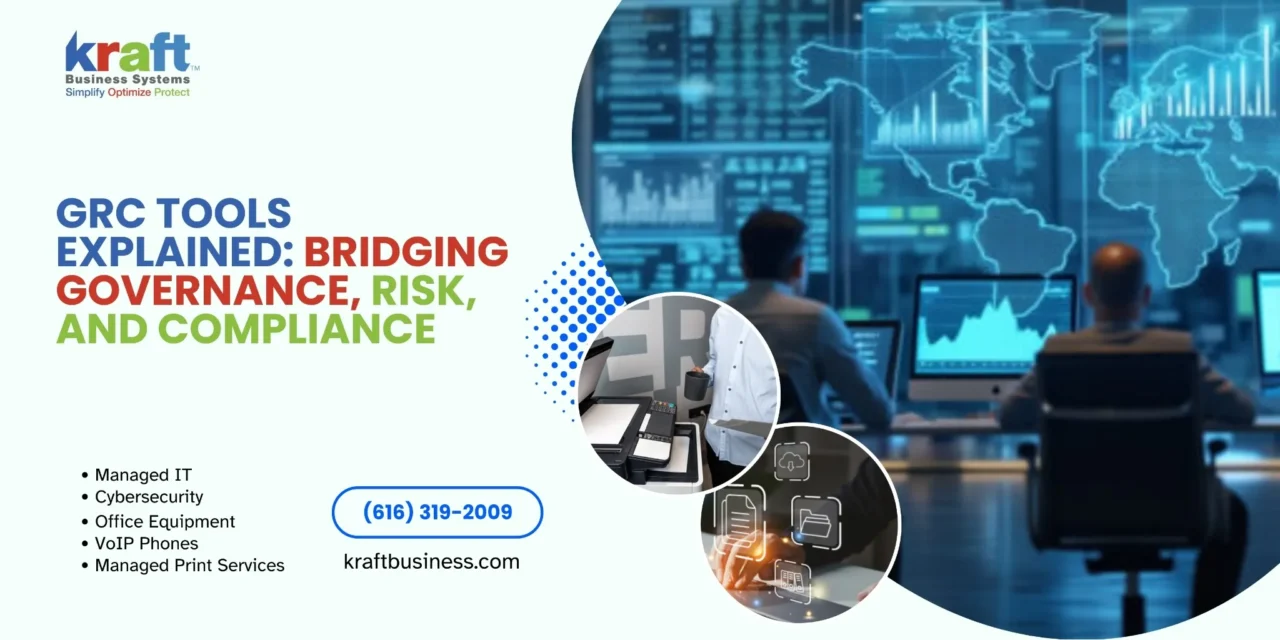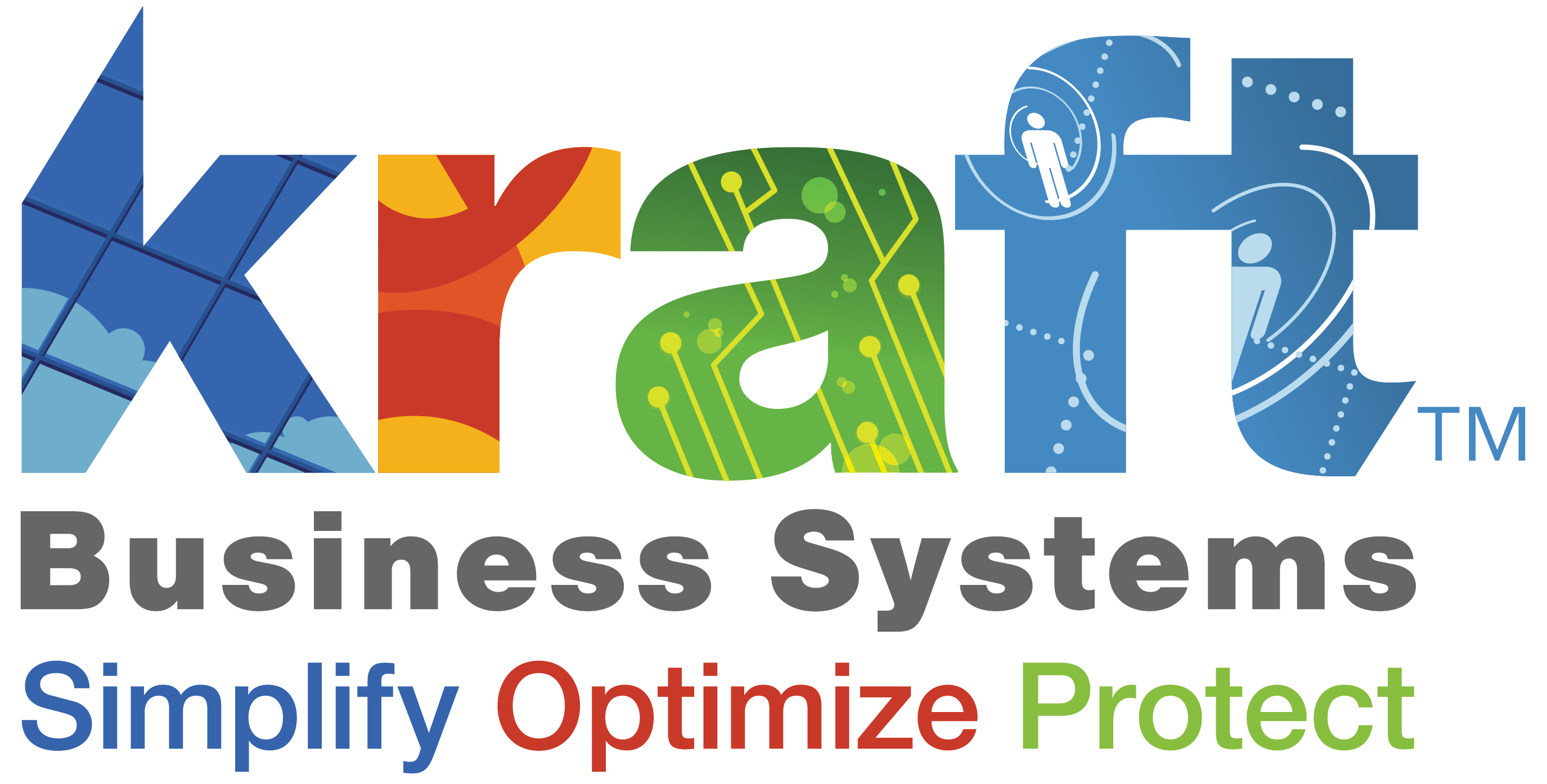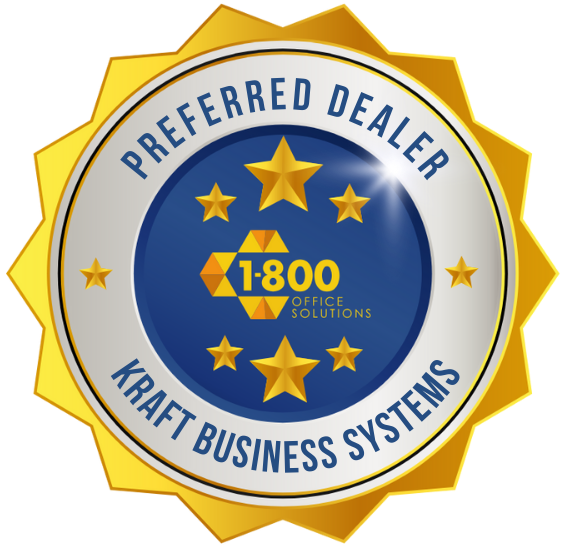GRC tool stands for Governance, Risk, and Compliance tool, a critical asset in today’s complex business environment. It’s a software system that helps organizations manage and streamline policies, assess risks, and guarantee compliance with regulatory requirements.
Governance involves setting the rules and ensuring ethical practices; risk management is about identifying and mitigating potential vulnerabilities; compliance ensures adherence to laws and regulations.
Why are GRC tools important?
- Centralize Efforts: They unify governance, risk management, and compliance, helping organizations work cohesively.
- Boost Efficiency: Automation of tasks leads to fewer errors and faster workflow.
- Improve Security: By identifying risks, they safeguard against cybersecurity threats.
- Ensure Compliance: Keeps companies up-to-date with regulatory changes.
Historically, companies handled these processes in silos, leading to inefficiencies and missed connections. Over time, the evolution of GRC tools has bridged these gaps, integrating diverse functions into a single, cohesive platform. This transition has not only increased transparency and accountability but has also empowered businesses to act proactively rather than reactively.
“Before using GRC tools, creating board reports took 10-16 hours. Now, reports are generated with a click, freeing up significant time.” – Enterprise Risk Services, Bangor Savings Bank
In summary, as businesses face changing challenges, GRC tools are indispensable in ensuring streamlined operations, improved security, and unwavering compliance.

Easy grc tool word list:
- grc compliance software
- grc governance risk and compliance tools
- what does grc stand for governance compliance
Why GRC Tools Matter for Your Organization
Understanding GRC Tools
A GRC tool acts as a Swiss Army knife for businesses, consolidating governance, risk management, and compliance into a single platform. This integration helps organizations manage policies, assess risks, and ensure adherence to regulations efficiently.
Why Use a Unified Approach?
Imagine the chaos of baking a cake with ingredients scattered all over the kitchen. Before GRC tools, businesses experienced similar chaos with each department handling governance, risk, and compliance independently, leading to inefficiencies. A unified approach consolidates these processes, ensuring clear, coordinated action across the organization, eliminating duplicated efforts, and enhancing efficiency.
The Magic of Automation
Automation is a key feature of GRC tools, reducing human error and accelerating workflows. Automated data collection and analysis facilitate faster, real-time decision-making. This not only improves accuracy but also saves significant time, allowing staff to focus on strategic tasks rather than repetitive ones.
Real-Life Impact
Consider Zurich Insurance’s adoption of MetricStream’s GRC platform, which modernized their processes and significantly enhanced efficiency across compliance, risk management, and policy management. This example underscores the transformative potential of a robust GRC tool in streamlining complex business operations.
Why GRC Tools Matter for Your Organization
Key Features of GRC Tools
Risk Management:
At the heart of any effective GRC tool is its ability to manage risks. This involves identifying potential risks that could impact the organization and assessing their likelihood and impact. Once risks are identified, the tool helps in developing strategies to mitigate them. For instance, a company might use a GRC tool to monitor cybersecurity threats and implement measures to protect sensitive data.
Think of it as having a weather forecast for your business. You get to know what’s coming, so you can prepare and protect your assets.
Compliance Monitoring:
Compliance is like the rulebook every business must follow. A GRC tool ensures that organizations stay on the right side of regulations. It continuously monitors compliance with relevant laws and standards, providing alerts and reports if there’s a deviation.
For example, in the finance industry, staying compliant with regulations like GDPR is crucial. A GRC tool can automate the tracking of compliance activities, ensuring nothing slips through the cracks. This not only helps avoid fines but also builds trust with customers and stakeholders.
Internal Controls:
Internal controls are the checks and balances within an organization. They ensure that processes are running smoothly and efficiently. A GRC tool provides a framework for designing, implementing, and monitoring these controls.
Imagine a factory assembly line where each step is checked for quality. Similarly, internal controls ensure that every business process is up to standard. By using a GRC tool, companies can document these controls, test their effectiveness, and quickly address any issues that arise.

In summary, the key features of GRC tools—risk management, compliance monitoring, and internal controls—are essential for any organization aiming to operate efficiently and securely. These features not only protect the organization but also improve its ability to make informed, strategic decisions.
Next, we’ll explore the top GRC tools available in the market and how they cater to different business needs.
Why GRC Tools Matter for Your Organization
Top GRC Tools in the Market
When evaluating Governance, Risk, and Compliance (GRC) tools, several stand out due to their unique features and capabilities:
MetricStream:
Known for its comprehensive GRC capabilities, MetricStream offers a unified platform that integrates risk management, compliance, and audit processes, making it ideal for large enterprises.
AuditBoard:
AuditBoard excels in simplifying audit, risk assessment, and compliance processes with its user-friendly design and seamless team collaboration features.
LogicGate:
LogicGate allows for customizable workflows tailored to specific risk profiles, providing flexibility for businesses with unique risk management needs.
ServiceNow:
Expanding from IT service management to include GRC solutions, ServiceNow helps businesses unify operational and compliance functions within a single platform.
Archer:
Archer focuses on proactive risk management, offering tools for risk identification, assessment, and mitigation across various business functions.
These tools cater to diverse business needs, helping organizations navigate the complexities of today’s regulatory environment effectively.
Why GRC Tools Matter for Your Organization
Benefits of Implementing GRC Tools
Implementing a GRC tool brings numerous benefits that can transform how organizations operate, make decisions, and adhere to regulations. Let’s explore these advantages:
Data-Driven Decisions
One of the standout benefits of GRC tools is their ability to improve decision-making. These tools offer extensive reporting features that provide a clear picture of risks, compliance statuses, and governance processes. By centralizing data, they allow organizations to make informed, data-driven decisions. For example, Guidewire’s use of MetricStream improved their processes and visibility, empowering stakeholders to make more effective decisions when addressing potential risks.
Operational Efficiency
GRC tools streamline operations by automating workflows and reducing redundant processes. This efficiency not only saves time but also reduces costs. According to research, automation can lead to a 30% reduction in processing time, allowing teams to focus on strategic tasks rather than getting bogged down by repetitive duties. This operational efficiency is crucial for businesses striving to maintain a competitive edge.
Regulatory Adherence
Staying compliant with evolving regulations is a significant challenge for many organizations. GRC tools help by automating compliance management, which minimizes human error and ensures that organizations consistently meet regulatory requirements. Zurich Insurance, for instance, leveraged MetricStream to modernize its compliance processes, enabling it to manage a wide range of compliance requirements seamlessly. This kind of regulatory adherence is essential for avoiding penalties and maintaining a good reputation.
In summary, GRC tools are invaluable for organizations aiming to improve their decision-making, streamline operations, and ensure compliance with regulations. By integrating these tools, businesses can steer the complex landscape of governance, risk, and compliance with greater confidence and efficiency.
Up next, we’ll dig into the challenges organizations face when implementing GRC tools, including change management, integration issues, and resource allocation.
Why GRC Tools Matter for Your Organization
Challenges in GRC Tool Implementation
Implementing a GRC tool can be transformative, but it’s not without its problems. Let’s explore some of the key challenges organizations face:
Change Management
Introducing a new system means altering existing workflows and practices. This can lead to resistance from employees who are comfortable with the current processes. To ease this transition, it’s crucial to have visible support from upper management. When leaders champion the change, it motivates staff to get on board. Training programs custom to different user roles can also help employees learn to use the new system effectively, reducing resistance and enhancing adoption.
Integration Issues
Integrating a GRC tool into an organization’s infrastructure is a complex task. It requires aligning the new system with existing technologies and processes. Often, organizations opt for a pilot implementation, starting with a single business unit to iron out any issues before a full-scale rollout. This approach allows teams to identify integration challenges early and make necessary adjustments, ensuring a smoother transition when the system goes live organization-wide.
Resource Allocation
Limited resources can significantly hinder the successful implementation of GRC tools. Organizations must allocate sufficient budget and personnel to the project. Without adequate resources, even the best tools can fail to deliver their full potential. Prioritizing GRC initiatives and ensuring they receive the necessary support is essential for overcoming these constraints. It’s also important to view implementation as an ongoing process, with regular updates and optimizations to keep the system running effectively.
In the next section, we’ll answer some frequently asked questions about GRC tools, providing further clarity on their capabilities and uses.
Why GRC Tools Matter for Your Organization
Frequently Asked Questions about GRC Tools
What is a GRC tool?
A GRC tool is software that helps organizations manage governance, risk, and compliance processes in a unified way. It integrates various management capabilities, allowing businesses to oversee policies, assess risks, and ensure compliance with regulations all in one place. By centralizing these functions, a GRC tool enables organizations to streamline operations, reduce redundancy, and make data-driven decisions.
Which GRC tool is best?
Choosing the best GRC tool depends on your organization’s specific needs. Here are a few popular options:
- AuditBoard: Known for simplifying audit, risk assessment, and compliance processes. It’s a great choice for organizations looking to streamline these tasks with intuitive features.
- Archer: Offers a proactive approach to risk management, focusing on identifying, assessing, and mitigating risks across various business functions.
- LogicGate: Provides flexible risk management solutions with customizable workflows. It allows users to tailor the tool to their organization’s specific risk profile and appetite.
Each of these tools offers unique features, so evaluate them based on your organization’s requirements and goals.
Is Jira a GRC tool?
Jira is not specifically designed as a GRC tool, but it can support GRC activities. Primarily known for project management and issue tracking, Jira can be customized to help manage certain governance, risk, and compliance tasks. However, it lacks the comprehensive features found in dedicated GRC tools. If you’re looking for a tool specifically for GRC, options like AuditBoard, Archer, or LogicGate might be more suitable.
Why GRC Tools Matter for Your Organization
Conclusion
As we’ve explored, implementing a GRC tool can significantly improve how organizations manage governance, risk, and compliance. At Kraft Business, we understand the importance of these tools in fostering a secure and efficient operational environment. Our expertise in IT support and innovative technology solutions allows us to tailor GRC strategies that align with your unique business needs.
Kraft Business focuses on creating a seamless GRC strategy that integrates with your existing systems. We emphasize a unified approach, ensuring that all governance, risk, and compliance activities are streamlined and efficient. This approach not only reduces redundancy but also improves decision-making by providing a comprehensive view of risks and compliance status.
Looking ahead, the landscape of GRC is set to evolve with trends like automation and AI playing a pivotal role. These advancements will improve real-time risk monitoring and improve compliance management. The integration of ESG metrics into GRC programs is becoming crucial, as stakeholders demand more transparency and accountability.
At Kraft Business, we are committed to staying ahead of these trends to provide our clients with cutting-edge solutions. Our managed cybersecurity services ensure that your organization is resilient against emerging threats while maintaining compliance with industry regulations.
In summary, embracing a robust GRC strategy with the right tools is vital for organizational success. As the future unfolds, Kraft Business is here to guide you through the complexities of governance, risk, and compliance, empowering your business to thrive in a dynamic environment.
